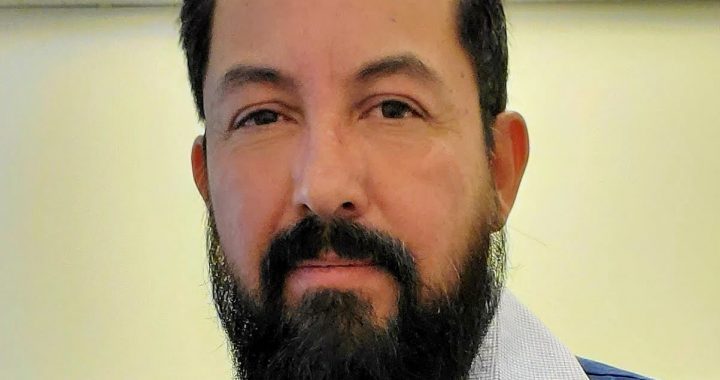This month’s At The Grill feature by William Torres (former Research Manager at Cattleland Feedyards and popular presenter at Gentec conferences) talks about why feeding the dam now helps the calf later.
You’ve invested a lot of money on buying the right bulls. You spent a lot of time (and money) selecting your replacement heifers. It took you over a week to match your sires and dams appropriately to go with all of your pastures. Finally, you can treat your herd like an easy oven, set it and forget it! Right? Wrong! You can’t just step away; you have to continually manage your investment.
Pregnancy nutrition is one aspect we should focus on quite heavily. Previously, we didn’t think much about it as long as we had the cows in good condition or, at the very least, in decent condition at calving. However, the observable fact of fetal programing or developmental programming has revealed that improper feeding of dams during pregnancy can have long-term consequences on the subsequent calf.
Cattle fetal programming is the concept that a maternal stimulus or insult at a critical period in fetal development has long-term effects on the offspring. When we talk about humans, if an adult develops weight issues, we quickly chuckle and say “It’s in my genes” (or as I’ve heard, “I’m big boned”). If someone stays slim, we compliment their genes. But what we are talking about here is that any stressor—including inferior cattle nutrition—can be an insult and cause DNA methylation in the developing fetus. The DNA itself cannot change but DNA methylation will cause the activity of the DNA to change, meaning genes will be expressed differently.
Essentially, methylation is turning on or off specific genes. Fetal nourishment can impact biological processes, such as growth, fertility and more once the calf is born.
In other words, the over- and under-nutrition of a mother can change the expression of genes in its progeny. This can then affect certain traits for better or worse when compared to a properly-fed contemporary.
The weight and body condition score of a cow varies throughout the year even though it’s based on the same farm. It is impacted by forage quality, growing, and harvesting conditions of the forage as well as the seasonality of the cow’s production cycle, not to mention regionality. Each environment places challenges on cows, and those that are resilient to those changes are the ones who are able to pass on their genetics to the next generation.
So how can we manage it? There are a number of nutrition specialists you may contact, along with forage specialists. If you are rotating pastures based on harvest to winter your cows, have these analyzed to determine if you need to supplement them. A deficiency in your bred-cow nutrition can seriously jeopardize the future calf’s potential. And it shouldn’t be acceptable to force your cows to rough it.
Think about supplementation from the view of meeting fetus needs as well. It’s important to not just think about the needs of the cows; ensuring their eventual offspring get proper sustenance is key to maximize its genetic potential.
And if you’re raising replacement heifers, think about the role fetal programming plays on a cow’s longevity and fertility. What you do today can affect a cow’s fertility for the next decade or so.
This is an exciting area that Gentec researcher Carolyn Fitzsimmons has been investigating, see here for example. More in a future newsletter.
For more information, contact John Basarab, Gentec’s Director of Beef Operations.

